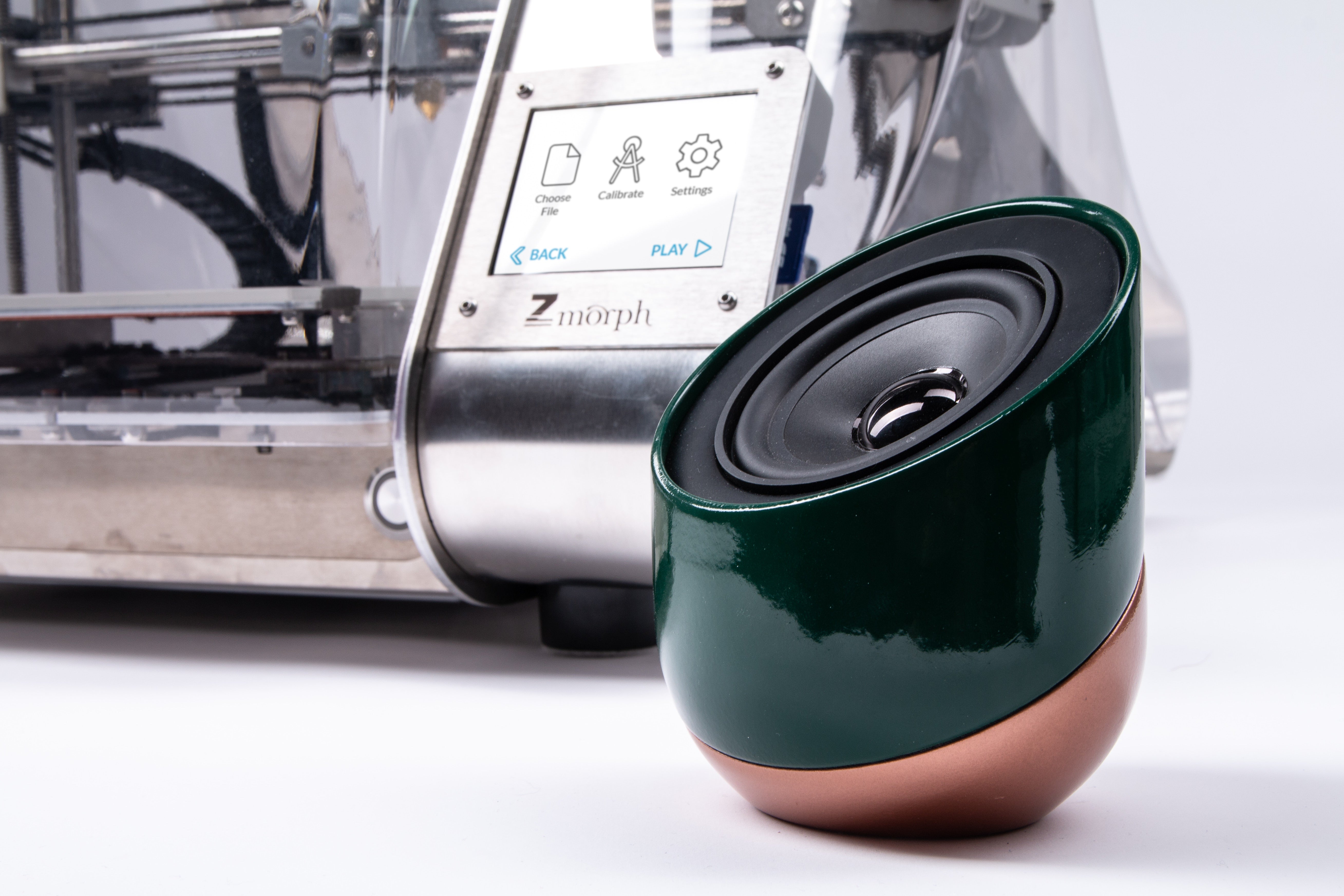
You’re probably not aware of your 3D printer’s full capacities. Yes, your 3D printer was created to produce things beyond your imagination but did you know, there are ways that you could test its limits? Here are 3 tips to get the most out of your 3D printer.
You don’t always have to use a support structure in your 3D prints
Most 3D printers can produce self-sustaining 3D prints that do not require support. Depending on the filament used, you can create bridges, overhangs, and horizontal holes on their own. This could help you save on filament and printing and post-processing time.
- Bridges: You can create stable bridges that go as long as 50-100mm as long as your 3D printer has a proper cooling fan.
- Overhangs: Steep overhangs of 60 degrees and more can be printed on your 3D printer with smaller layer heights.
- Horizontal holes: As for horizontal holes, you can print them out with a diameter of 30 mm while unsupported.
The dimensional accuracy of the prints can be determined by zeroing in on the error between the target dimensions and actual dimensions. This error margin tends to be consistent aside from the materials and settings that sometimes affect it.
Don’t forget fillets
Fillets may not be as popular but you should explore adding them to your design. While they are not necessary for most 3D print designs, fillets can help make your prints stronger, look better, and have a faster print time. Fillets work best when added to areas and surfaces that touch the print bed. Here are reasons why you should add fillets to your prints:
- Prevents sharp corners from warping, since it reduces localised cooling and shrinkage due to a reduction in surface area.
- Prevents cracking and breaking at the base of vertical features due to large stress concentration .
- Prints model faster due to less stress on the printer’s motion system.
Reduce the infill
Infill are crutches that help your 3D print become more stable and strong. However, you don’t require a thickly dense infill of 60-100%. Having an infill this thick is only a waste of material and printing time. You only need an infill of 10-20% density for your 3D prints, anything more or less than this is a waste. Having less than 10% infill density can cause issues with top surfaces not printing properly.
Test your 3D printer’s limits with these 3 3D printing tips
Your 3D printer is capable of so many things. Reach its full potential with these 3 helpful 3D printing tips. Do you need to restock your 3D printer filaments for the year? Take advantage of our X3D Pro deal: Buy 3 filaments and get $15 off and free shipping! Order from our X3D Pro filaments here.

